
What do women have to do with the history of an all-male fraternity? Plenty!
Perhaps no other Greek organization has something so recognizable as The Sweetheart of Sigma Chi. The song, made popular through dozens of recordings and two films in the first half of the 20th century, remains a symbol of the Fraternity today. Though co-creator of the song Byron Stokes, Albion 1913, maintained that the lyrics do not portray any one real woman, Sigma Chi has indeed enjoyed the support of many women over the years.
There have been official women’s auxiliary groups such as the International Sigmas and Little Sisters groups, as well as Mothers’ Clubs, who have assisted in philanthropic and social efforts. Chapter sweethearts across North America support local chapters while the International Sweetheart represents the Fraternity on a larger scale. Housemothers run local chapter houses, and female employees at the International Headquarters are an integral part of Fraternity operations.

Sigma Chi undergraduate delegates to the 85th Grand Chapter in Denver, Colorado, elected Kenzie Loomis of Florida Atlantic University as the Fraternity’s 2025 to 2027 International Sweetheart on June 28, 2025.
Loomis is pursuing a degree in Business Marketing with a certificate in Digital Marketing. Beyond the classroom, she is an active volunteer at the Busch Wildlife Sanctuary, where she assisted in the care and rehabilitation of various wildlife species.
A member of Alpha Delta Pi, she has helped lead her chapter’s fundraising efforts for the Ronald McDonald House Charities. As sweetheart, she played an integral role in the Lambda Tau chapter’s fundraising efforts for Huntsman Cancer Institute.

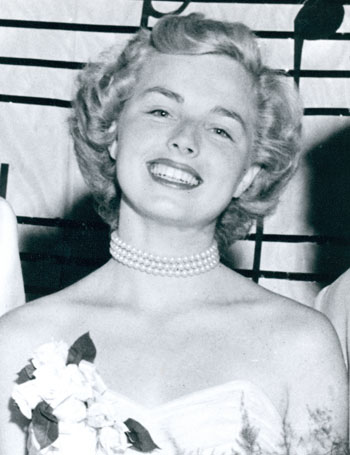
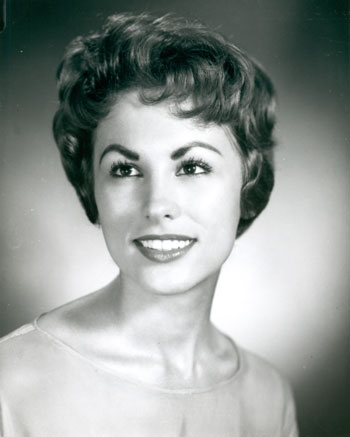

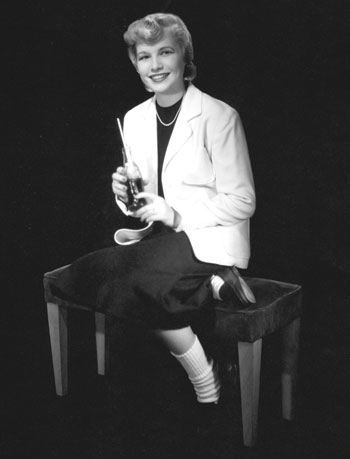
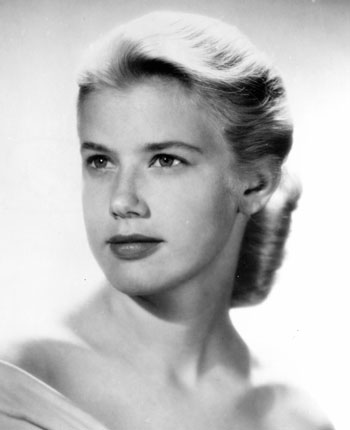
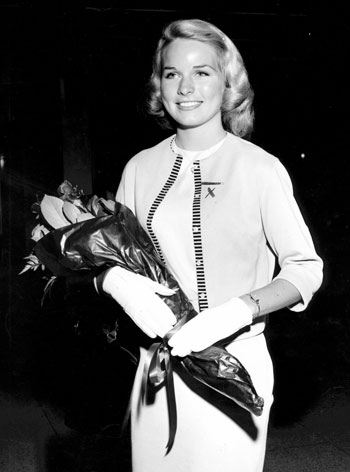

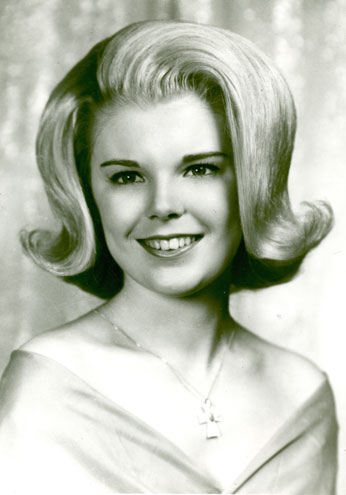
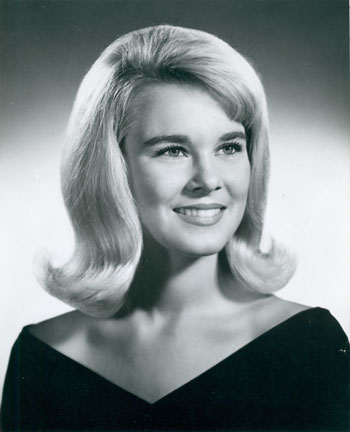
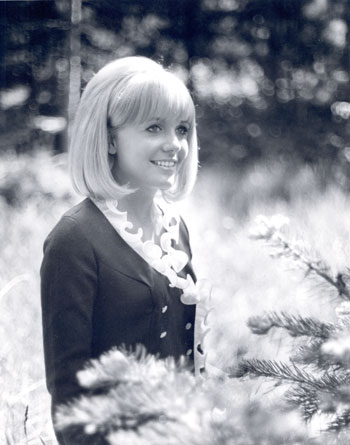





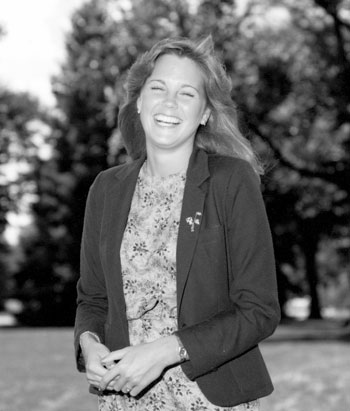






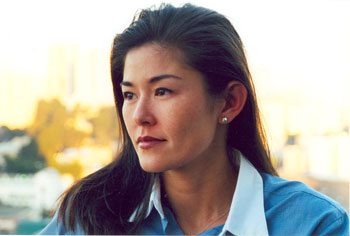
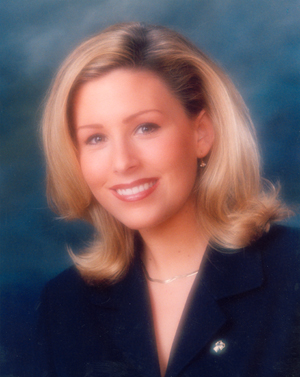
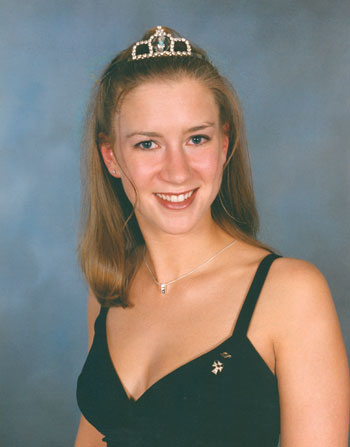


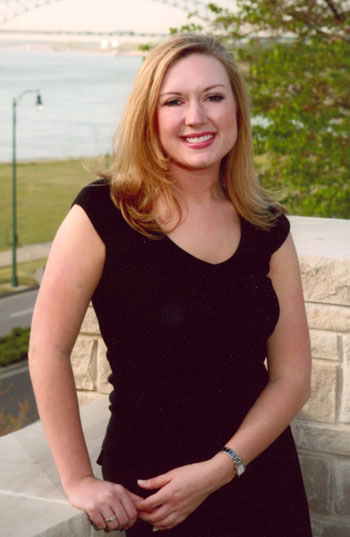



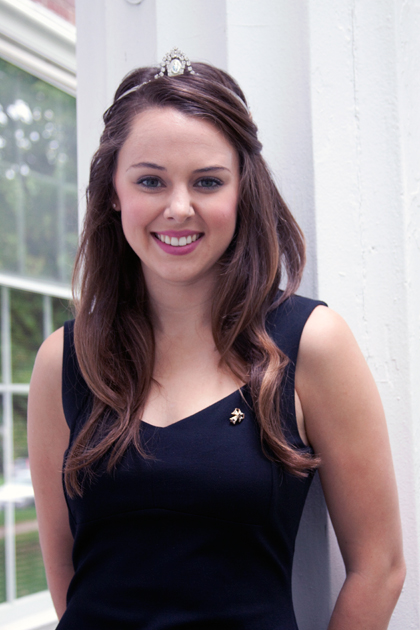

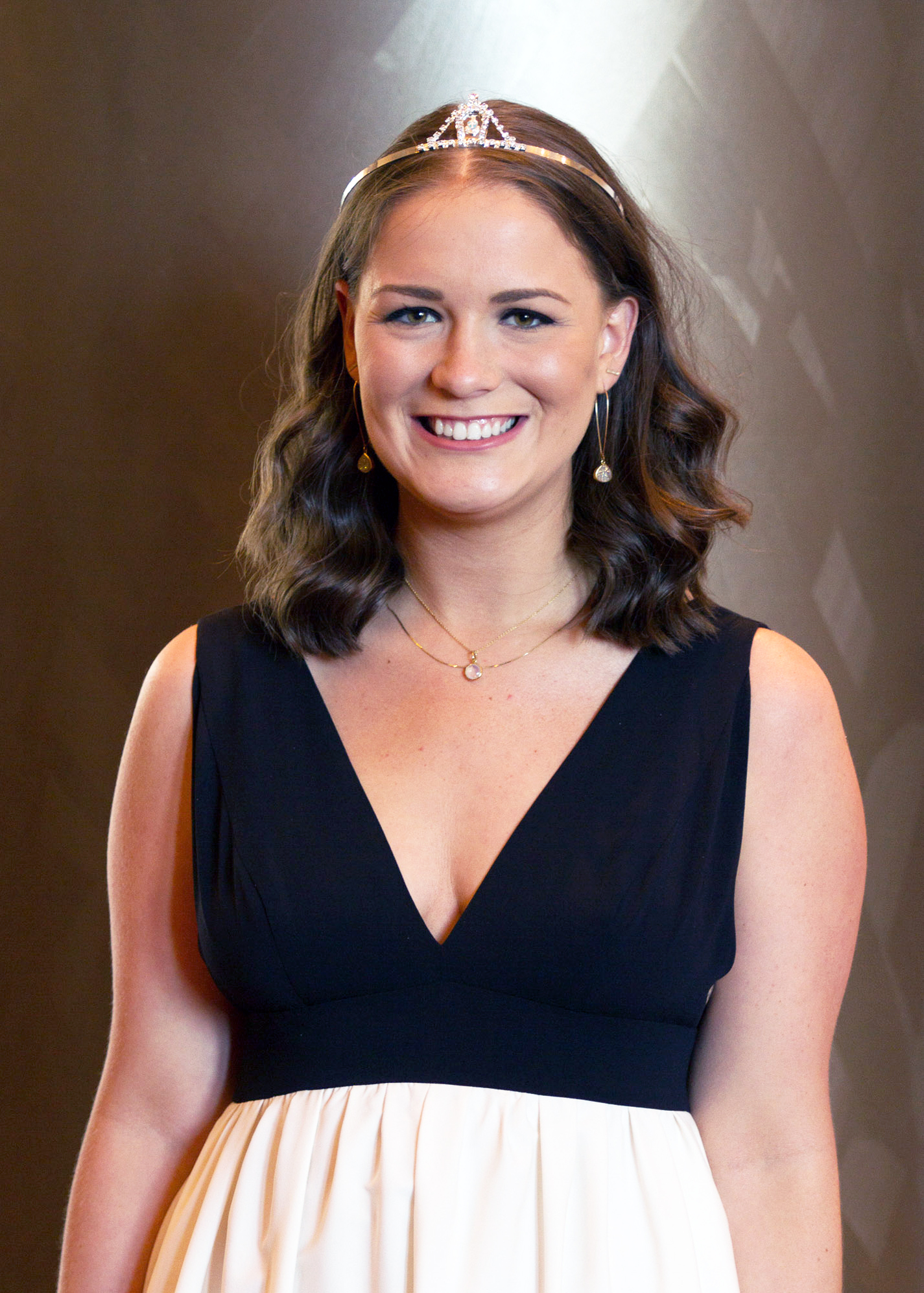
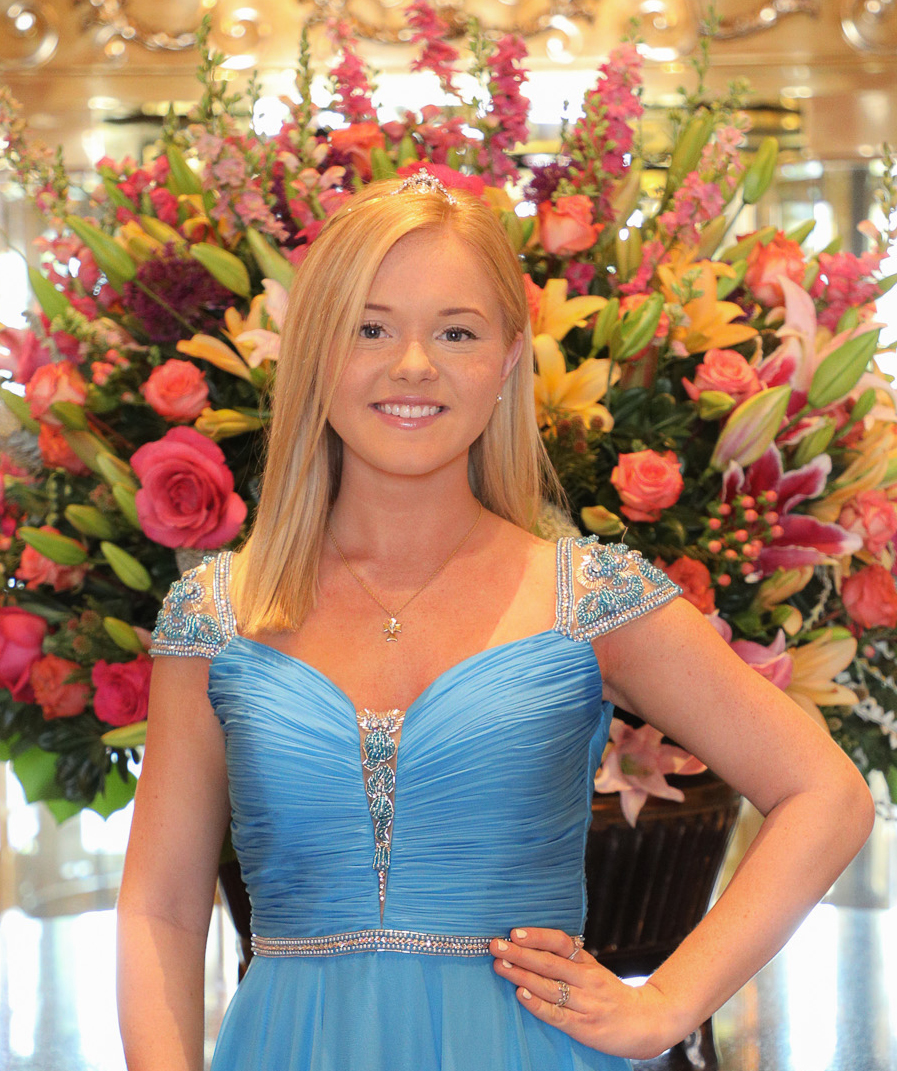

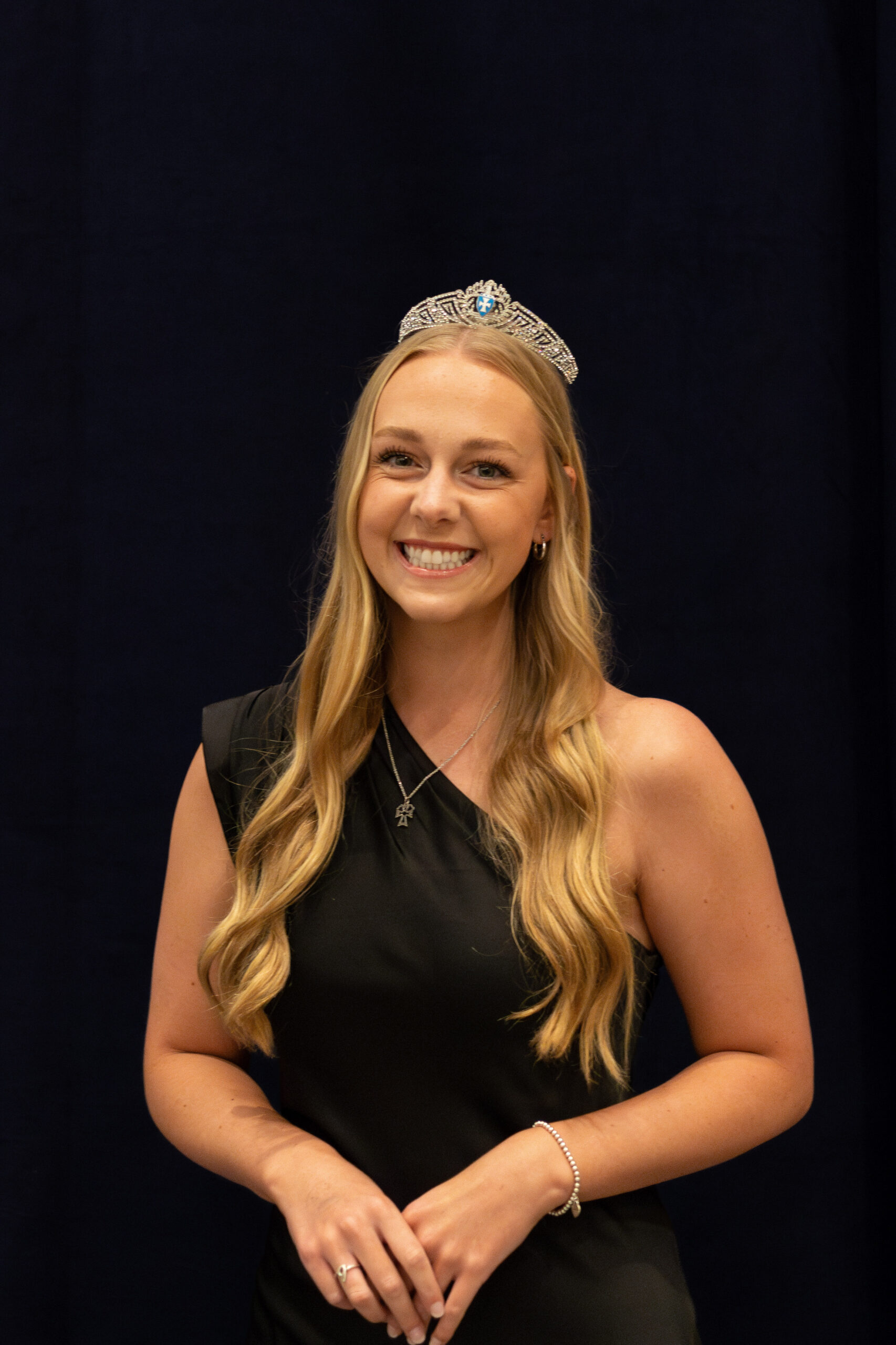



by Sharon Vale Chapman,
The Magazine of Sigma Chi, Spring 1995 Volume 114, No. 1
It was 1918, two years before the ratification of the 19th Amendment to the Constitution, which allowed women the right to vote. Colorado had been a state for a mere 42 years, and Denver, in addition to its natural beauty, still boasted an inviting frontier-like image which drew tourists, as well as new residents, from many parts of the country. The Beta Mu chapter of Sigma Chi had been originally chartered at the University of Colorado just four years earlier, and only a handful of the members were native Coloradoans. The young wives of the newly-formed alumni chapter, hailing from states as far away as Pennsylvania and Virginia, had good reason to latch onto the common denominator that drew them all together: they relied largely on their husband’s Sigma Chi connections for their friendships and their social life. The close camaraderie of these women came to reflect the fraternal ties of their husbands and allowed for the same diversity: whether just out of school or old enough to have grandchildren, there was an unmistakable bond.
With America’s entry into World War I in April of 1917, these women were drawn even closer together. Until then, their lives had centered around Fraternity functions, but with the majority of their husbands overseas in uniform, it would be up to the women to keep the Sigma Chi spirit alive on the home front. Their meetings became more regular as they gathered to support the war effort. On March 29, 1918, nineteen of them met at Denver’s Auditorium Hotel and formally organized the Alpha Chapter of the first Sigma Chi Auxiliary Society.
With the blessing of then-Grand Consul William C. Pop
Henning, DePauw 1890, and his wife, the group gained a strong foothold, though it remained a Denver-area phenomenon for several years while the finer points of organization were worked out. The first insignia, later revised, was adopted on April 10, and a constitution and by-laws drawn up and approved two weeks later. The constitution, prepared in part by Denver alumni chapter members Frank McDonough, Dartmouth 1907; George Joslyn, Colorado 1916; and George Loomis, Wisconsin 1886, states that the purpose of the group shall be to promote friendship among the members, contribute to the social lives of the alumni chapters, and emulate and exalt the ideals of the Fraternity.
Only wives or widows of Sigma Chis were eligible for membership. The group was commended by the Fraternity during the 34th Grand Chapter, held in Des Moines, Iowa, in June of 1919. Two months later The Sigmas of Sigma Chi
was adopted as the organization’s official name and, under that name, they were officially recognized as a legitimate service branch of the fraternity in 1925.
The first international gathering of Sigmas occurred at the 39th Grand Chapter held in 1929 in Portland, Oregon, but the agenda of the Sigmas in attendance was purely social. Six years were to pass before the organization was to hold business meetings on the international level. By then, the Sigmas had reached their zenith—42 chapters Fraternity-wide—and played an increasingly important role in Fraternity fundraising and other functions. At the 1957 Grand Chapter in Toronto, the Sigma Student Aid Loan Fund was established under the auspices of the Sigmas, with a purpose of providing financial assistance for Sigma Chi students in need. The Sigmas’ White Rose Luncheon became a highlight of the Grand Chapters, and their national newsletter, The Dial, kept all chapters in close contact.
But the Sigmas and many other women’s auxiliaries would eventually fall victim to the changing times. With a majority of housewives entering the fulltime work force after the 1960s, there was no longer the (wo)man-power to keep such an organization active at its former pace. Additionally, with the mobility of today’s society and the wide range of activities available to women, the social functions of such clubs became obsolete. Despite the heroic efforts of dedicated presidents and officers, membership began to dwindle dramatically in the 1970s and continued to decline. At length, the Fraternity was forced to consider an official disbanding.
Fittingly, the Sigmas met for the last time at the 1991 Grand Chapter-held in Portland, Ore., where they had met nationally for the first time 62 years earlier.